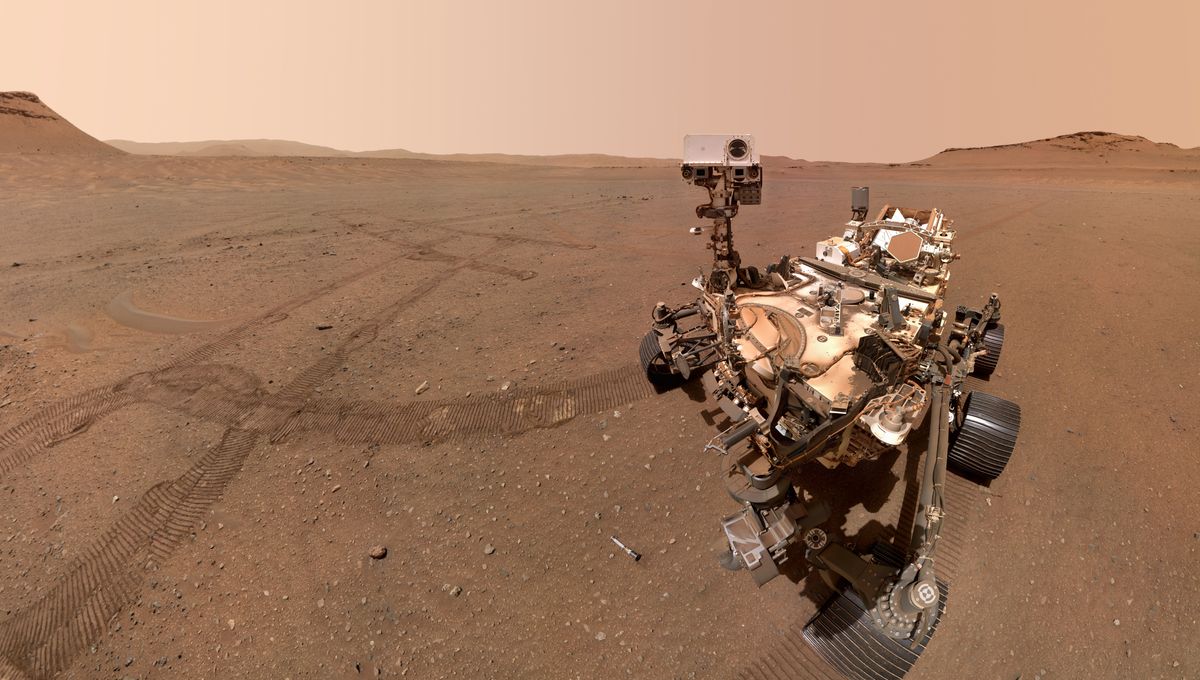
Not all the experiments onboard NASA’s Perseverance are there to study the Red Planet. MOXIE is there to test future technology. It’s the Mars Oxygen In-Situ Resource Utilization Experiment, and it is used to turn a bit of the carbon dioxide-rich atmosphere of Mars into breathable oxygen. Earlier this month, it doubled its maximum output.
The toaster-sized instrument is of course not changing the atmosphere of the Red Planet significantly. It is not even on all the time, only when the rover is not doing anything else that is important. It’s there just to demonstrate that the technology is feasible and that a future, much bigger system could be used to make oxygen for astronauts and for fuel.
The instrument has been run 15 times since Perseverance landed on Mars. In 2022, it accumulated about 1,000 minutes of operation. Given the good results, the team has been pushing it more and more to see how well it can perform, as well as testing it at different times and locations to see how the environment affects the device.
For the run performed on June 6, MOXIE worked for 58 minutes. The goal was to produce 6 grams of oxygen. It ended up producing 12 grams. An impressive result, above expectations for this type of technological demonstration.
“We got great results,” Michael Hecht, MOXIE’s principal investigator and an associate director of the Massachusetts Institute of Technology’s (MIT) Haystack Observatory in Westford, Massachusetts, told Space.com. “This was the riskiest run we’ve done. This could have gone wrong.”
MOXIE produces oxygen by breaking apart the carbon dioxide in the atmosphere. First, the air is pulled in and filtered to remove dust and contaminants. Then it is compressed. The compressed air is sent through the Solid OXide Electrolyzer (SOXE) where an electrochemical reaction breaks it into oxygen and carbon monoxide. A residue of carbon can also be a byproduct, so the process needs to be done carefully.
There is less than one percent oxygen in the Martian atmosphere and MOXIE in its current form produces the oxygen equivalent to a medium-sized tree. A future mission will have a device that is much bigger and running continuously, not just for an hour at a time, producing tens of tons of oxygen to make breathable air for astronauts as well as the amount necessary to fuel a rocket for the return to Earth.
[H/T: Space.com]
Source Link: NASA Rover Breaks Record For Oxygen Production On Mars